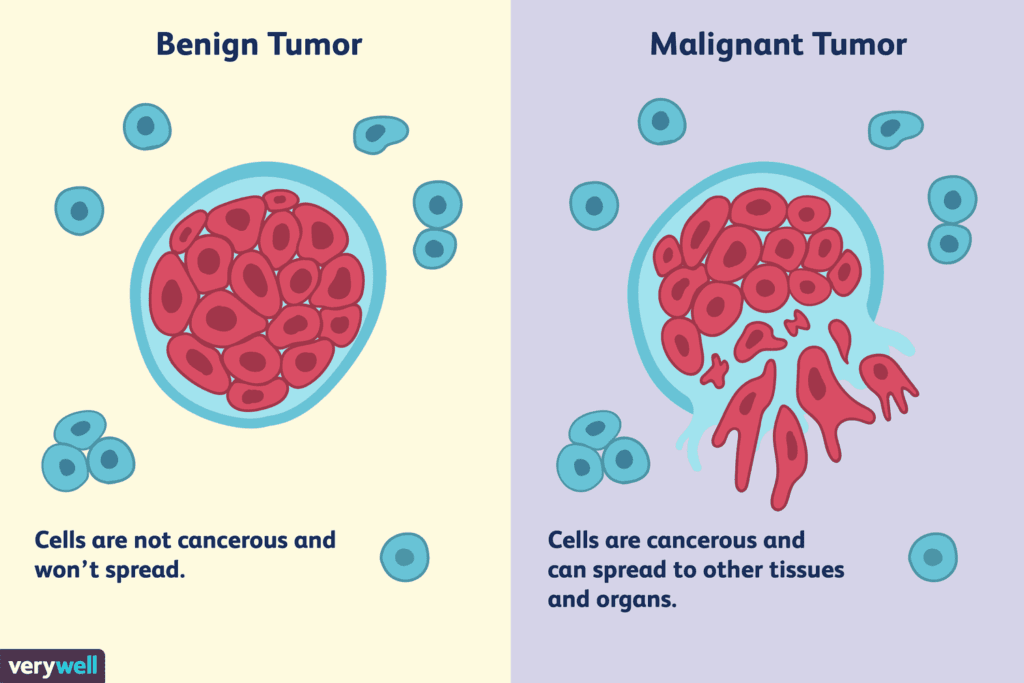
Lump disease:
Understanding its formation, types, disadvantages, and management A lump is an abnormal growth or swelling in any part of the body, which may be known as a bump or mass. A lump can result from several reasons, such as infections, inflammation, benign tumors, or even malignancies (cancers). They may arise almost anywhere in the body; it may be in the skin, muscle, bone, or internal organs, and lump diseases may vary in size, shape, and consistency. Most lumps are harmless, although some point towards serious medical conditions that require prompt attention. This paper delves extensively into the formation, types, disadvantages, and management of lump diseases radically.
1. Formation of Lump Disease
Lumps are often caused by tissue that grows irregularly in a localized area or fluid collection. Several things may cause lumps:
Infections: These include infections that are carried on by bacteria, viruses, and fungi, which can cause abscesses or cysts. An abscess is a collection of pus that occurs as a result of the immune system’s response to infection.
It can cause lumps because the tissues swell with fibrosis due to inflammation. For instance, in autoimmune diseases such as rheumatoid arthritis, swollen and lumpy inflamed joints occur.
Trauma: The accumulation of blood under the skin or muscles is called hematoma, which is a soft tissue injury and the source of lumps.
Tumors: Benign and malignant tumors are caused by irregular cell growth. Benign types include lipomas and fibromas that are mostly non-abrasive, while malignant ones include carcinomas and sarcomas. They can lead to severe health conditions.
Congenital Abnormalities: Some lumps, like dermoid cysts, occur even before birth. They consist of skin, hair, and sometimes teeth.
Diseases of Lump Types
Lumps can be divided into classes depending on the type of causation and nature. The most common types include:
a) benign tumors
Benign tumors are typically non-neoplastic in nature. This means that they cannot spread through other parts of the body. These lumps have a slow-growing nature and can be treated or left alone if not causing discomfort.

Lipomas: These soft lumpy masses of body fat. Commonly painless, growing very slowly, and these are usually found under the skin of the back, neck, and shoulder.
Fibromas: These firm, body lumps are made of fibrous connective tissue. Generally, it appears on the skin or in other parts of the body, particularly within the uterus, also termed as fibroids.
Cysts: Cysts are fluid or semi-solid-filled sac-like structures. Some common types include sebaceous cysts, ovarian cysts and ganglion cysts.
b) Malignant Tumors
Malignant tumors are cancers. They can invade surrounding tissues and spread to other parts of the body. Early detection is critical for effective treatment.
Carcinomas: They involve cells forming epithelium. Epithelium consists of a thin layer lining all surfaces of the body. Examples include cancers of the breast, lung, and skin melanoma.
Sarcomas: These arise in connective tissues such as bones, muscles, and fat. The common ones include osteosarcoma, which is bone cancer, and liposarcoma, which is cancer of the fat tissue.
Lymphomas: These are diseases of the lymphatic system and can be visualized as swollen lymph nodes or lumps under the skin, especially in the neck, armpit, or groin.
c) Infectious Lumps
These lumps result from infections and are characteristically red, warm, and painful. Some of the common ones include
Abscesses: These are painful, pus-filled lumps caused by bacterial infections. These can be drained or may need antibiotics.
Boils (furuncles): These are infected hair follicles that create painful, pus-filled lumps.
Swollen lymph nodes: Infections like the common cold, flu, or mononucleosis can cause lymph nodes to swell up and become tender lumps.
d) Hematomas
There are hematomas, which are blood outside the blood vessels, but due to trauma. They can come out as bruises or feel like solid lumps and can resolve spontaneously or require medical attention; this would depend on the size and location.
3. Drawbacks and risks of Lump Disease
A body can have a lump, which may cause several disadvantages in the form of discomfort up to hazardous dangers associated with health. The type of lump and its nature will determine what kind of consequences it causes. Pain and discomfort: Where the lump is situated close to nerves or joints, it may trigger severe pain and discomfort accompanied by restlessness in movement.
Risk of Infection: Abscesses and cysts that are left without treatment are likely to be infected, with further complications such as sepsis, a life-threatening infection spread through the blood.
Malignant Transformation: Most benign lumps are not dangerous, but there are other types of lumps that might eventually turn cancerous, thereby becoming a greater problem.
Cosmetic Issue: Subcutaneous lumps of the face and neck region may lead to disfigurement, as such can cause low self-esteem and body image issues.
A large l, especially very big ones placed in smaller, tight spaces such as the abdominal region or chest, may be pressing on other internal organs, nerves, and blood vessels, thus interfering with their movement or flow.
Spread of Cancerous Lumps: In cancers, the lumps may spread to other parts of the body, making it hard to treat as well as reducing the possibility of living.
4. Lump Disease Diagnosis
Proper evaluation of a lump is the first step towards a proper diagnosis, which is required to understand its type and what treatment should be administered.
Healthcare providers utilize several diagnostic tools to evaluate a lump:
Physical Examination: A doctor will first begin with the preliminary assessment of the lump by feeling its texture, size, and mobility to gather primary information regarding its nature.
Imaging Tests: These include ultrasound, CT scans, and MRI. These help in determining how the lump is constructed and placed in relation to other tissues nearby. In the case of breast lumps, mammograms are utilized.
Biopsy: This is the process where a small tissue sample from the lumpy tissue will be taken through microscopic examination. This is often regarded as a test to determine whether the lump is benign or malignant.
Blood Tests: Blood tests may help in identifying infections, inflammatory markers, or possibly cancer-related proteins that can give clues on what causes the lump.
5. Management and Treatment of Lump Diseases

Based on the cause, location, and possible health hazards of the mass lump, the treatment strategy varies. Nevertheless, most common treatments include the following:
Small, asymptomatic lumps without significant health risks are usually observed. Regular follow-up check-ups are conducted with physical examinations or imaging evaluations to ensure that no growth in size or alteration in nature occurs.
b) Surgical removal
For lumps that are painful, disfiguring, or pose a health hazard, surgery is generally indicated. Benign masses, including lipomas and fibroids, are commonly referred for surgical removal due to discomfort, possible progression, etc.
c) Drainage
Infections with an abscess or cyst may be addressed by aspirating with a needle to drain out the pus and decrease the chance of infection. In general, antibiotics are given post-aspiration to insure the infection clears.
d) Cancer Treatment
Lump-producing malignancies require more aggressive interventions and include:
Surgery: The tumor and surrounding tissues are excised to completely eliminate the disease.
Radiotherapy: High-energy beams destroy the cancerous cells or decrease the size of the tumors.
Chemotherapy: Drugs are administered to destroy the cancerous cells or inhibit their proliferation and dissemination.
e) Drugs are issued for infectious swellings to treat the bacterial infections. Anti-inflammatory drugs may be used to alleviate the inflammation and pain in the case of inflammatory swellings.
6. Prevention and early detection
While not all lumps can be prevented, some things certainly minimize the chances that go with serious complications:
Routine Checkup. Identifying early lumps, including cancerous ones, with routine check-ups with the doctor is possible.
Healthy Lifestyle. The danger of developing cancerous tumors is minimized by a person’s regular exercises, diet, and avoidance of smoking.
Prompt treatment of infections also prevents the formation of abscesses and cysts.
Self-Examination: It has proved that if examined regularly, especially the breasts, skin, and lymph nodes, new lumps can be recognized early.
Conclusion
Lump diseases is the term used in describing the wide disorder spectrum from benign to malignant. There are so many types in formation, disadvantages, and treatments that can be known for the proper management of this disease. Most lumps are harmless, but some may indicate more serious health conditions. Early detection and management are critical for good outcomes. Medical check-ups and other self-diagnostic efforts can help prevent complications and enable prompt remedies.



